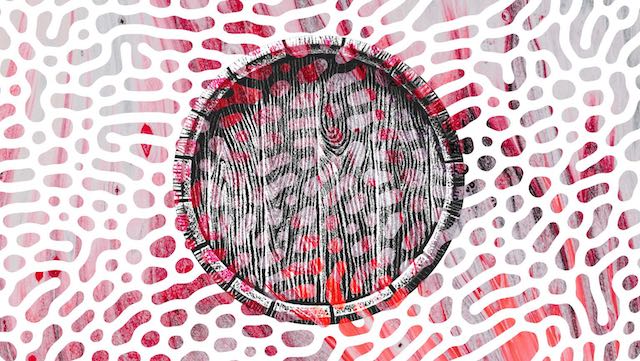So You Think You Know Malo? (SevenFifty Daily)

Examining misconceptions and lesser-known facts about malolactic fermentation in wine
Malolactic fermentation is often explained by describing the buttery, creamy notes it contributes to many Chardonnays. A couple of decades ago, that profile was highly valued, and the hallmark of some very well-known California brands. However, as that style has fallen largely out of favor, many wine drinkers (and even professionals) have come to take a more negative view of malolactic fermentation as something that can make wine seem heavy or graceless.
Yet malolactic fermentation (often called malo or MLF) is a far more complex process that intervenes in very different—often positive—ways in both red and white wines. Also known as the second fermentation, malolactic fermentation usually begins a few weeks or months after alcoholic fermentation has finished and grape must has become wine. It can happen in varying degrees (or not at all) in the same wine, over different vintages, and it can be a welcome or unwelcome process, depending on what winemakers are trying to produce or when the lactic bacteria become active.
Malolactic fermentation takes the edge off a wine’s acidity by converting the sharper malic acid into the softer lactic acid (hence the name malolactic), which rounds out the mouthfeel and makes a wine more accessible. It can indeed generate those telltale buttery aromatic notes, by producing an aromatic compound called diacetyl, but it does much more than that. Here are some common misconceptions and lesser-known facts about this often misunderstood process.

